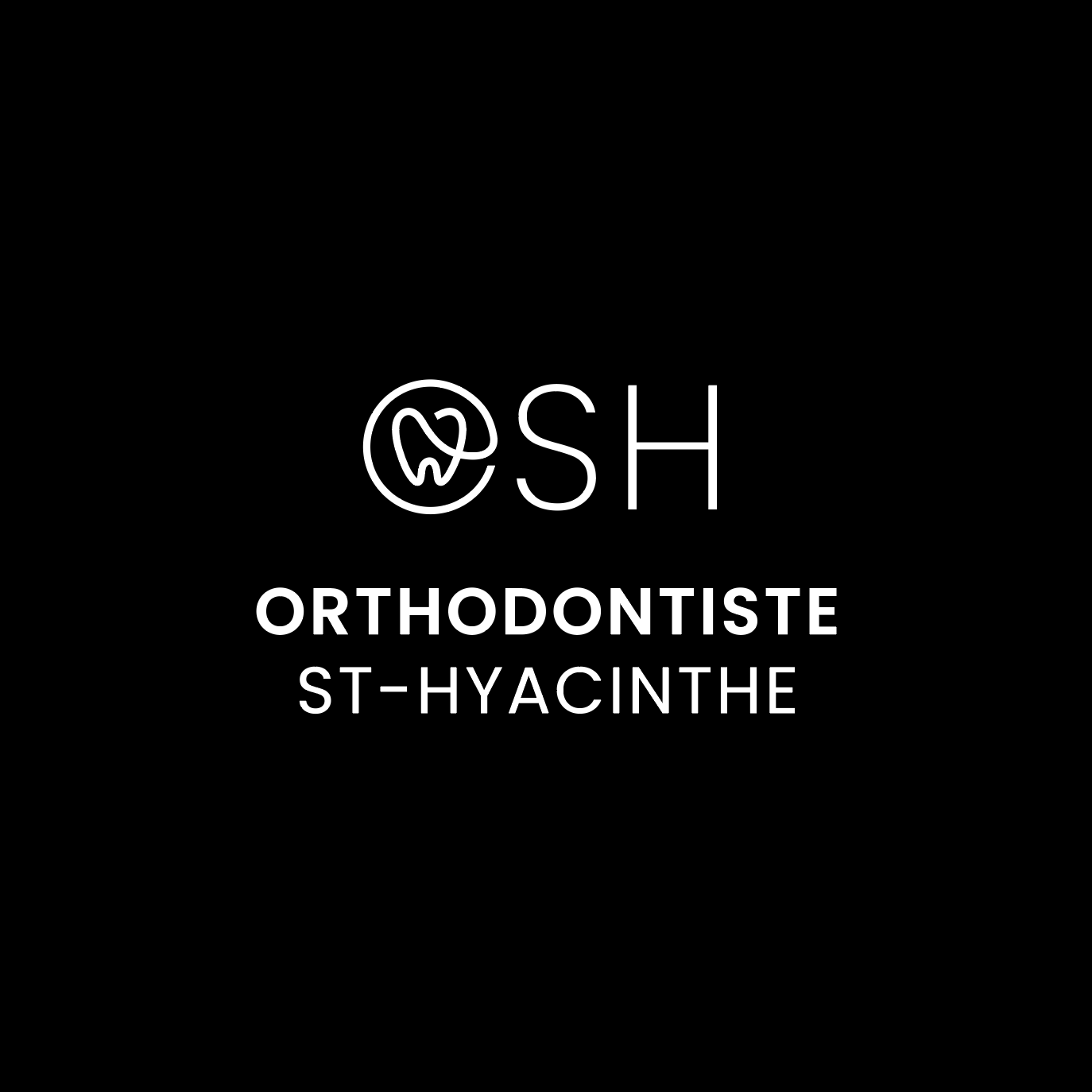Orthodontics for children
Children as young as 7 can benefit from orthodontic treatment. With the help of orthodontic appliances, it’s possible to increase the space available for the permanent dentition and correct certain dental malpositions. Orthodontic treatment is not always necessary at this age, but some orthodontic problems are more easily corrected at this time. This first phase of treatment is therefore aimed at correcting specific problems, and usually lasts from 8 to 14 months.

Correct a skeletal problem such as a narrow palate
An ogival palate is a narrow, deep palate that reduces the space for permanent teeth. The width of the palate can be increased by using a palatal expander.
Premature loss of a primary tooth
Premature loss of temporary teeth can result from trauma to the front teeth, caries damage to the back teeth or simply a lack of space. Orthodontic treatment can then be important to preserve or recover space for future permanent teeth.
Correcting an anterior or posterior crossbite
A crossbite is an inverse relationship of the upper and lower teeth. In a normal bite, the upper teeth are closer to the cheek than the lower teeth. If the lower teeth are closer to the cheek than the upper teeth, they are in a crossbite position. Orthodontic treatment can correct this functional aspect of the malocclusion.

Promoting the correction of bad oral habits
Some skeletal problems may stem from bad oral habits, such as atypical swallowing, thumb sucking or mouth breathing. An initial phase of orthodontic treatment at an early age can help correct the damaging effects of these bad habits.
Following orthodontic treatment in the first phase, the eruption of permanent teeth needs to be monitored until permanent dentition is achieved. A second phase of orthodontic treatment may then be recommended to complete the correction of the permanent dentition.
It should be noted that first-phase orthodontic treatment is not necessary for all children. In fact, some children will not need treatment until the permanent dentition appears. A complete single-phase orthodontic treatment can then be performed in adolescence.


